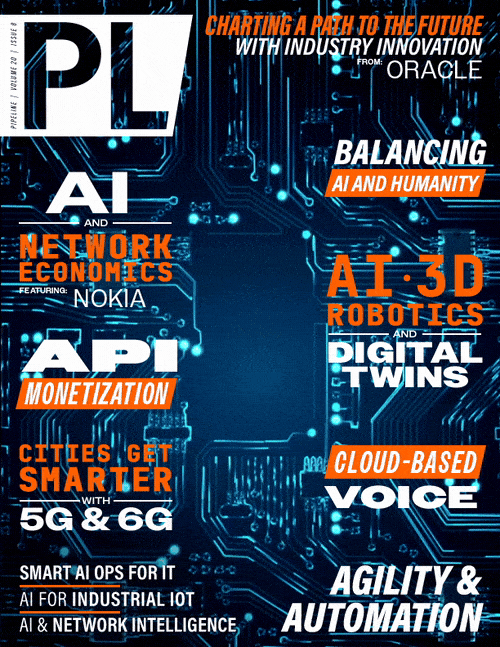Letter from the Editor - August 2024

Fully autonomous enterprises are a tangible possibility today. GenAI created targeted advertisements from Meta on the front end, automated IoT warehouses from Prologis and Amazon fulfillment in the middle, and an integrated supply chain on the back end. Maybe a little customer-service AI chatbot from IBM on the side. Simply pick the widget you want to sell, plug, play, rinse and repeat. Seems easy, but it doesn’t come without its pitfalls. The thing is, agility is agile until it’s not.
The CrowdStrike outage is already being touted as the largest IT outage in history. Affecting 8.5 million Windows devices, virtually no industry was spared with operations being impacted across banking, healthcare, transportation, software and IT, retail and wholesale, finance, manufacturing and other industries. According to Parametrix, the estimated direct losses are projected to be a staggering $5.41 billion for Fortune 500 companies alone. Due to a singular software update. It's a costly lesson to learn, but a single point of failure can be catastrophic. That’s why airplanes have two engines.
Some of the greatest minds and companies – in this case Microsoft and CrowdStrike – are now left scratching their heads. Meanwhile millions of customers (and shareholders) are asking difficult questions that must be answered. What went wrong, who’s to blame, how could incidents like this have been averted, and how can they be prevented in the future? Despite downplaying by Microsoft (“only 1 percent of Windows users were affected”) and objections from CrowdStrike (“this case lacks merit”), things are getting serious. They’re coming at them with guns full ablaze, and with their lawyers in tow.
So is this the end of digital transformation? Has the AI bloom left the rose? Should we all go back to pen and paper? Snail mail? Carrier pigeon? There is a certain simplicity and elegance in that, but we don’t think so. Quitting now would be akin to giving up on the wheel the first time you got a flat tire. And it’s not like we haven’t seen this play out before.
We are where we are now and, when done properly, the problems agility and automation solve can balance or even outweigh the risks. The risk must and can be mitigated. And somewhat ironically, technology can help. But technology touches every aspect of virtually every life and business on the planet, so the stakes have never been higher in getting it right. Which makes this edition of Pipeline so important.
In this issue of Pipeline, we explore the forefront of operational agility and automation. Pipeline's Dr. Mark Cummings provides an in-depth look at mitigating AI risks with agile IT. In a special feature, Afarin Bellisario looks at balancing AI and humanity, and contemplates the future of man, nature, and machine. Oracle presents the path to agile IT and business agility and the future of communications. Gridraster looks at the coming together of AI, 3D, robotics, and digital twins in smart factories. DE-CIX shares insights on smart connectivity in the cities of the future. Telit explores the powerful applications of AI in IIoT. Nitel highlights the role of AI in enhancing network intelligence. Nokia discusses how the network economics of AI are pushing bandwidth to the metro edge. Optiva reveals how API monetization presents golden opportunities for telecom revenue. Alianza gives a range of practical examples ofhow cloud-based platforms are revolutionizing operational agility for voice services. All this, along with the latest communications and enterprise technology news and more.
We hope you enjoy this and every issue of Pipeline,
Scott St. John
Managing Editor
Pipeline



















